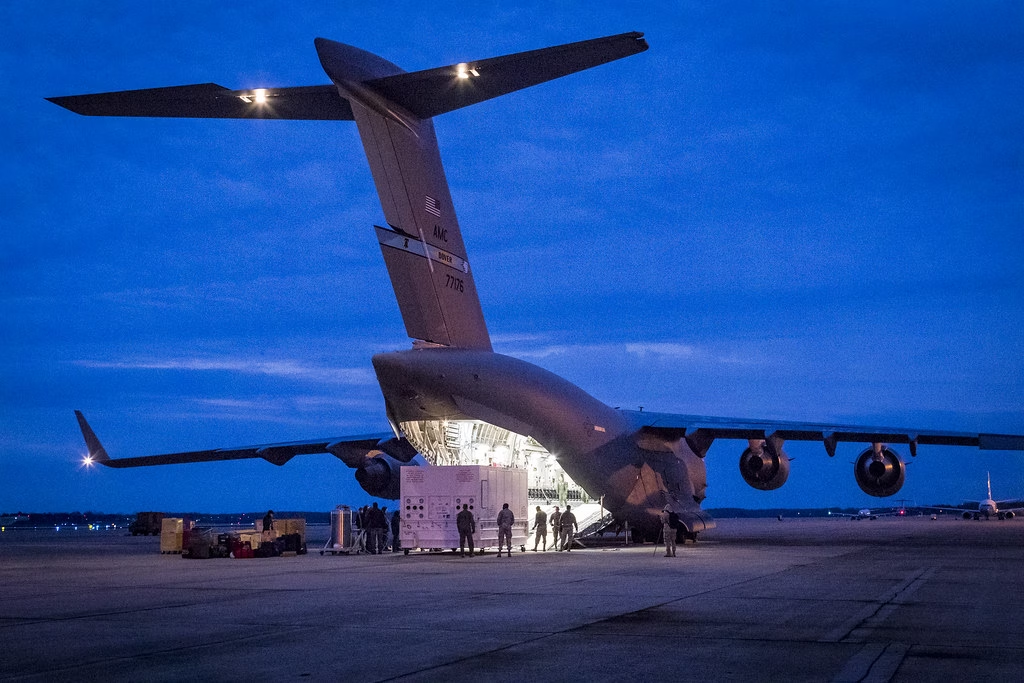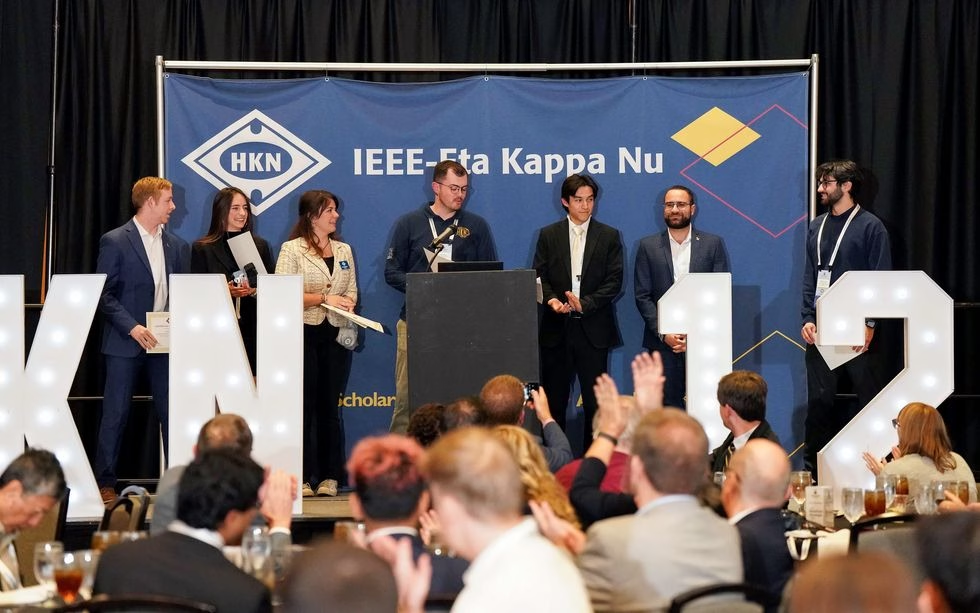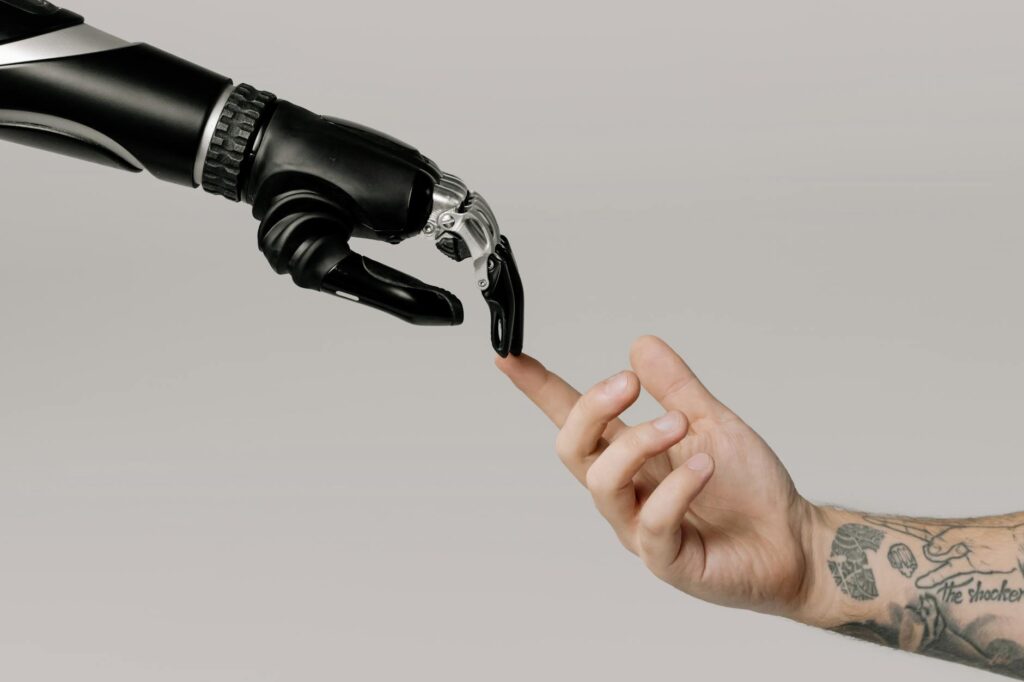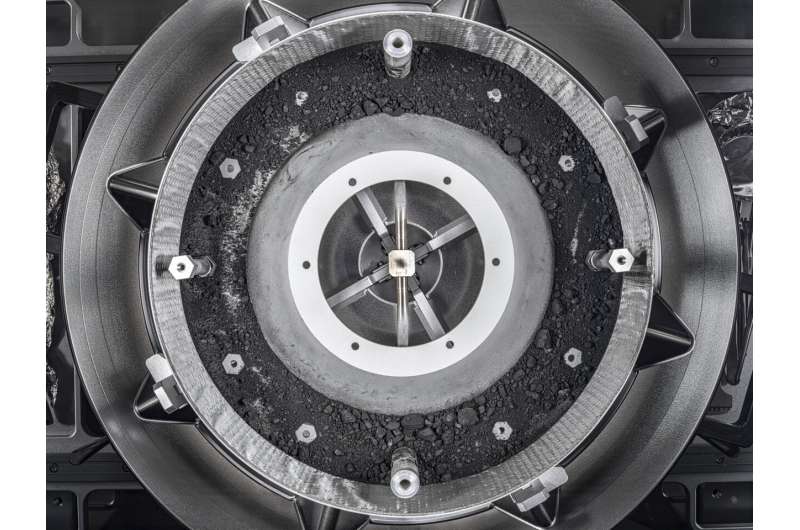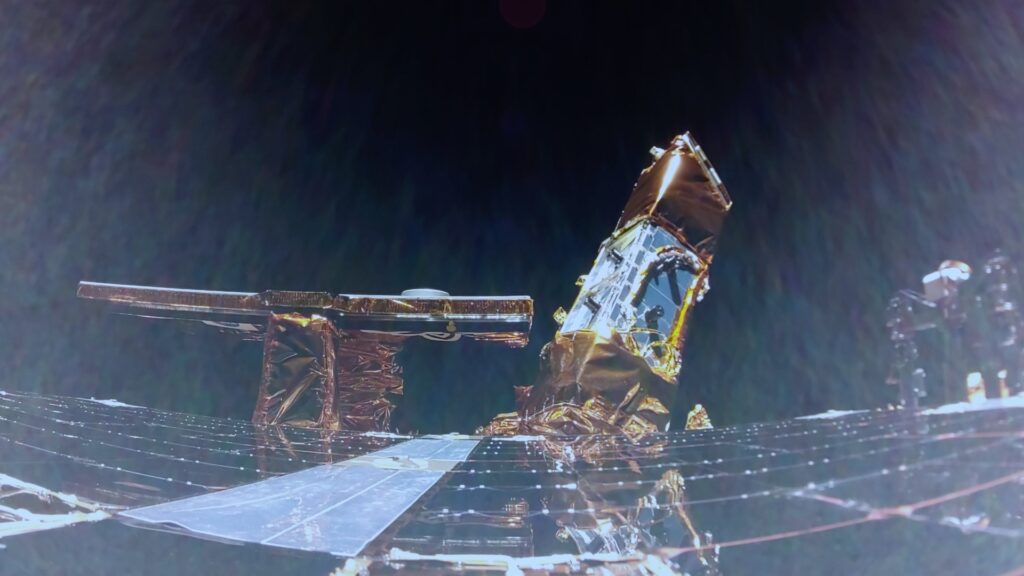Smart Driving: When Tesla Autopilot And GM Super Cruise Can Be Better Than Human Drivers
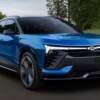
Technology tamfitronics
The 2024 Chevy Blazer EV comes with GM’s latest version of Super Cruise.
Tesla’s driver assistance technology often comes under withering media criticism for overhyping its capabilities. And GM’s Super Cruise has the opposite problem: it’s virtually unknown. But advanced driver assist technologies are here to stay and could eventually be as essential as seat belts.
Safe At Any Speed: The inevitability of Advanced Driver-Assistance Systemsor ADAS, was driven home the other night when a friend, who was driving a 2023 Chevy Bolt EUV, turned to Super Cruise out of desperation. And here’s the crucial point: she had resisted using Super Cruise — despite my prodding — because she didn’t understand it and, ironically, distrusted it. But that changed when she was driving home at night via 118 and 405 in Los Angeles, an often perilous route because of the murderous mix of traffic volume, massive merges, and hyper-aggressive LA drivers. She didn’t feel well and was having trouble focusing and staying in her lane. Out of desperation, she turned on Super Cruise. It took over and got her home safely. “It was amazing,” she said. “I was so relieved not to have to rely only on my questionable driving skills at the time. It was like having a copilot to help me get home.” That’s the kind of epiphany that will eventually win over a majority of drivers.
Driven to distraction: Speaking of 405, I live in Los Angeles and spend a lot of time on that interstate, one of the most dangerous roads in Los Angeles and, dare I say, one of the most dangerous in America. Especially at night when impromptu highway racing becomes the interstate equivalent of a street takeover. There is often little, if any, police presence — aka California Highway Patrol — and drivers are free to drive while texting or otherwise engage with their smartphone or drive while under the influence. I have witnessed all of the above many times. In fact, on some days, it appears that inattentive driving has become the new normal. My take: I believe that many of those distracted and/or impaired drivers would benefit from driver assistance technology because, at the very least, it achieves driving alertness — albeit computer based — during crucial moments when there is little to none.
Your brain on dopamine: Look at this way: because distracted drivers are already spending most of their time looking at their device, a driver assist technology would serve, more or less, as the brain with a properly-utilized prefrontal cortexwhich is necessary for paying attention. Distracted drivers devote parts of the brain, essential for paying attention, to their smartphone instead of driving.
Credit the Assist: For me, the question is: Would 405 be a safer place if all of those distracted and impaired drivers were using some kind of driver assistance technology? My answer is: yes, based on my experience with General Motors Super Cruise, Rivian’s Highway Assist (also called Driver+), Toyota’s driver assist (which I used on a Subaru Solterra EV) and Tesla’s Autopilot. I have found all four driver assist technologies essential. I can comment with the most authority on GM’s Super Cruise, which I use often. GM strikes a good balance: it doesn’t pretend to handle all driving situations but is there when you really need it. Super Cruise is most useful when you encounter routine, monotonous driving conditions such as long stretches of highway (lots of these east and north of Los Angeles) and LA bumper-to-bumper traffic. In those situations Super Cruise is essential (for me) because it never loses focus, as I invariably do.
Caveats: All hands-free or driver assist technologies have the potential to be dangerous. Tesla gets the most attention because CEO Elon Musk is pushing the envelope further than others. But all technologies can get dicey in certain highway situations. For example, GM’s Super Cruise can behave unpredictably near construction zones or tight driving conditions (when lanes narrow). It can suddenly disengage. This can sometimes cause the car to lurch — albeit slightly. Tesla’s Autopilot can also unpredictably disengage as do other driver assist technologies.
Criticism: over reliance on ADAS isn’t good either. The media is quick to point this out. For example, recently a Tesla vehicle in Full-Self Driving mode — Tesla’s most sophisticated ADAS — apparently failed to see a moving train and stop, leading to an accident, according to this NBC report. The driver took responsibility for the accident but also stated that Tesla’s FSD is defective. And the Washington Post reported earlier this year on a 2022 incident in Evergreen, Colorado when a driver was killed behind the wheel of a Tesla Model 3. The article alleges that the driver may be the first fatality resulting from the use of FSD. Tesla CEO Elon Musk later refuted this saying the driver “was not on FSD” adding that “the software had unfortunately never been downloaded. I say ‘unfortunately’, because the accident probably would not have happened if FSD had been engaged.” There are also hundreds of YouTube videos showing instances where FSD betas (though many of them are now dated) fail to react the way a human driver would, causing the driver to intervene to avoid danger or harm.
Edmunds on driver assist: I asked Edmunds’ editor-in-chief Alistair Weaver about his take on driver assist technologies earlier this year. “As it stands today, hands-free driving technology is more of a nice-to-have than essential. But as the tech improves, we’ll likely get to a point where it will feel invaluable as a convenience factor as well as a safety feature.” (Writer’s note: As I said above, it is essential for me but I’m just one person with one opinion.)
And what about Tesla’s FSD? “While most of the systems, such as Ford’s BlueCruise, are ring-fenced, Tesla’s Full Self-Driving system allows the consumer to decide when it’s safe to use the technology. And as always, it’s important to call out that Tesla’s Full Self-Driving system is not truly full self-driving technology. You have to keep your hands on the steering wheel to utilize Tesla’s FSD tech,” he said.
I would add that neither Autopilot nor FSD nor Super Cruise are meant as a stand in for lazy or hung-over drivers. But if used responsibly they can serve as a fail-safe system that can make you a better driver. And for people who are addicted to their device and can’t resist being distracted while driving, it’s probably better to have a hands-free driving system than not.
Discover more from Tamfis Nigeria Lmited
Subscribe to get the latest posts sent to your email.



 Hot Deals
Hot Deals Shopfinish
Shopfinish Shop
Shop Appliances
Appliances Babies & Kids
Babies & Kids Best Selling
Best Selling Books
Books Consumer Electronics
Consumer Electronics Furniture
Furniture Home & Kitchen
Home & Kitchen Jewelry
Jewelry Luxury & Beauty
Luxury & Beauty Shoes
Shoes Training & Certifications
Training & Certifications Wears & Clothings
Wears & Clothings







